Swedish startup aimed to challenge Asian producers, but stumbled in scaling production
Swedish battery maker Northvolt filed for Chapter 11 bankruptcy protection in the US on 21 November. The start-up had raised over $15 billion (£12 billion) from investors, but was left with almost $6 billion in debt. The move gives the company the opportunity to restructure and access new finance, in an attempt to rebuild its operations.
Northvolt’s ambition was to challenge the dominance of Asian battery makers, such as CATL and BYD in China. The company launched in 2016 with the idea of tapping cheap renewable energy to build lithium-ion batteries for electric vehicles (EVs). It promised 90% less CO2 emissions compared to cells made using coal power by 2030.
Northvolt had secured contracts with several European auto companies, including Porsche, Audi and Scania. Investors included Volkswagen and BMW. In June, it was reported that BMW cancelled a €2 billion (£1.7 billion) contract over Northvolt’s failure to deliver promised batteries.

The company focused on nickel manganese cobalt (NMC) cathode materials for its batteries, which allow high energy density batteries and therefore longer vehicle ranges. ‘There was this narrative that NMC was the ideal chemistry, and that is still partially true, but cost reductions and improvements in [lithium iron phosphate] LFP have shifted this argument,’ says Billy Wu, electrochemist at Imperial College London, UK.
It’s challenging to be green when your competitors are beating you in terms of costs so aggressively
High quality NMC batteries can reach energy densities around 250Wh/kg, whereas LFP batteries tend to sit around 130Wh/kg. But in recent years, firms including CATL and BYD have improved the performance of LFP batteries while reducing their cost.
‘Northvolt, UmiCore and BASF are all having trouble because they were focusing on NMC batteries for long-range electric vehicles, because all the [manufacturers] in Europe were choosing them,’ says Peter Tom Jones, director of the KU Leuven Institute for Sustainable Metals and Minerals in Belgium.
LFP batteries are winners in terms of life cycle, durability and thermal stability. They also avoid the use of critical metals such as cobalt and nickel. ‘With NMC, if we wanted to electrify everything, we probably would have a nickel shortage,’ says Wu.
BYD and CATL have arguably developed the best LFP cells in the world. They did this not only by increasing energy density, but changing the battery design: removing packaging and inactive components, alongside increasing cell size and deepening integration. BYD says its blade battery is 50% more space-efficient than a traditional battery pack.
‘LFP tends to be somewhat more stable in terms of thermal runaway characteristics versus NMC. That’s key,’ Wu explains. This also allowed companies such as Tesla use larger LFP cells within battery packs for its entry-level Model 3, for example, increasing overall capacity.
Europe will have to conjure up a strategy that includes lithium iron phosphate, as that chemistry is here to stay
Meanwhile, the fall in lithium prices helped. ‘There is a bit more lithium in an LFP than an NMC battery, per kilowatt hour, so they benefited more than some NMC cells from the fall in lithium prices,’ says Wu.
Jones predicts a tough time ahead for European companies involved in the battery ecosystem. ‘I think LFP is a deliberate attempt to kill the European battery EV ecosystem,’ he says. ‘That being said, Europe will have to conjure up a strategy that will also include LFP, as that battery chemistry is here to stay.’
Plant troubles
The trouble at Northvolt, however, cannot be laid solely at the door of its materials choice. Its main plant in northern Sweden reportedly produced less than 1% of its theoretical capacity in 2023, while the company had acquired US battery tech firm Cuberg, and set out ambitious plans for a second factory in Sweden and facilities in Germany, Canada and Poland.
It had trouble getting processes right at its first plant, which made its first delivery to customers in 2022. ‘It’s very difficult to make these cells consistently and at scale,’ says Wu. ‘Just because you buy the equipment doesn’t mean you know how to run it effectively, and you need to get your mixing, your coating and drying all running consistently in a sequential process.’ A breakdown at one stage can hit productivity hard.
The situation is easier for Asian manufacturers, who have more local know-how available. ‘In China, you have more equipment manufacturers, factories, producers of precursors, and they are all in the same country and speak the same language,’ says Wu.
With consumers faced with inflation and cost of living concerns in recent years, the value of the green premium perhaps also became questionable. ‘Northvolt was doing the right thing, but it’s challenging to be green when your competitors are beating you in terms of costs so aggressively,’ says Wu. Estimates of lithium-ion battery prices dropped from $780/kWh in 2013 to $139/kWh in 2023, but Chinese batteries now sell for as little as $55/kWh.
NMC batteries remain popular in high-performance EVs from BMW and Volvo, while Tesla uses nickel-cobalt-aluminium (NCA) cells in its premium models.


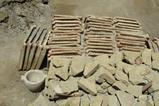

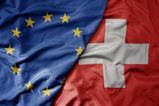
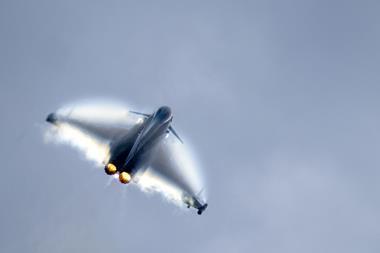
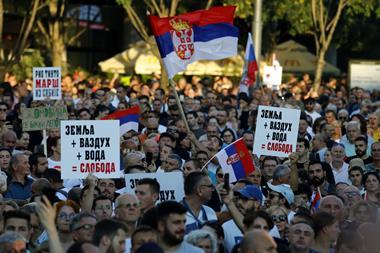
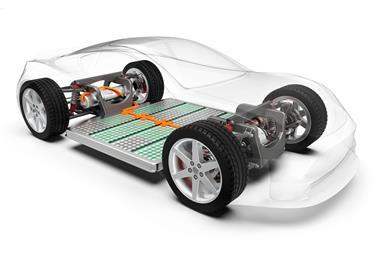
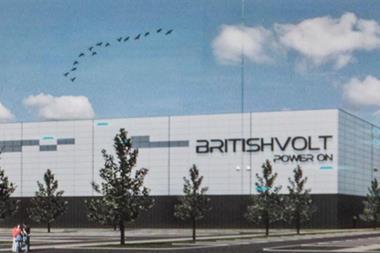
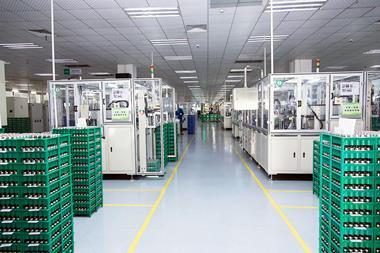

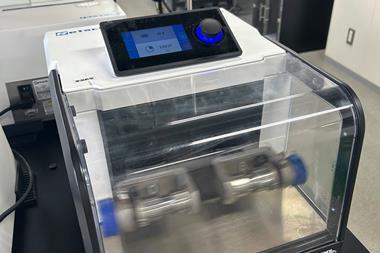
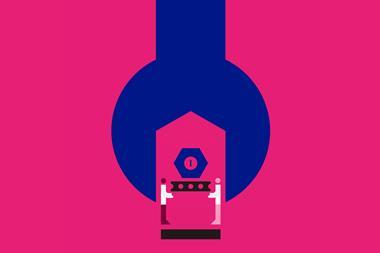
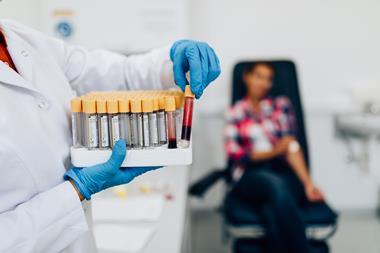



No comments yet